Dealing with a toilet that keeps clogging is an ordeal that can disrupt the daily routine and comfort of any household. The inconvenience and potential for embarrassment it brings can be significant, especially in homes with limited bathroom facilities. This repetitive issue not only demands immediate attention and frequent fixes but also tests patience and can lead to increased stress levels among household members.
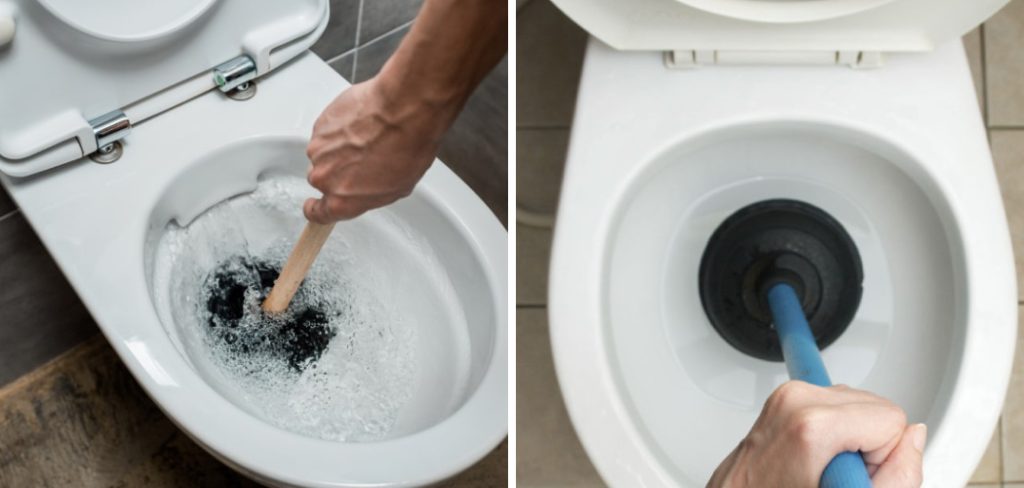
Identifying the root causes of toilet clogging is crucial in finding a lasting solution. It goes beyond the surface-level fix and requires a deeper understanding of the toilet system’s mechanics. Addressing these underlying causes saves time and resources and prevents potential damage to your plumbing system, avoiding costly repairs down the line.
This guide aims to offer practical, effective solutions on how to fix a toilet that keeps clogging. From assessing the frequency and severity of clogs to regular maintenance and proper usage, we will explore a comprehensive approach to resolving this vexing issue. The goal is to enable you to enjoy a reliable and clog-free toilet experience with minimal hassle.
Assess the Frequency and Severity of Clogs
A. Determine How Often the Toilet Clogs Occur
Tracking how frequently your toilet clogs is the first step in diagnosing the problem. Keep a log of each incident, noting the date and any significant events that might be related. This information can help identify whether you’re dealing with a persistent issue requiring immediate intervention or if the clogs are more sporadic.
B. Note Any Patterns or Common Factors Associated with Clogs
After documenting the clogging incidents, review your notes for patterns or common factors. These might include specific times of day, the toilet’s usage before clogging, or any unusual behavior in the plumbing system. Identifying these patterns can pinpoint potential causes and help target the areas needing the most attention.
C. Identify the Types of Materials Causing the Clogs
It’s crucial to determine what materials are clogging your toilet. Common culprits include excessive toilet paper, sanitary products, and even items that shouldn’t be flushed at all, like wipes or paper towels.
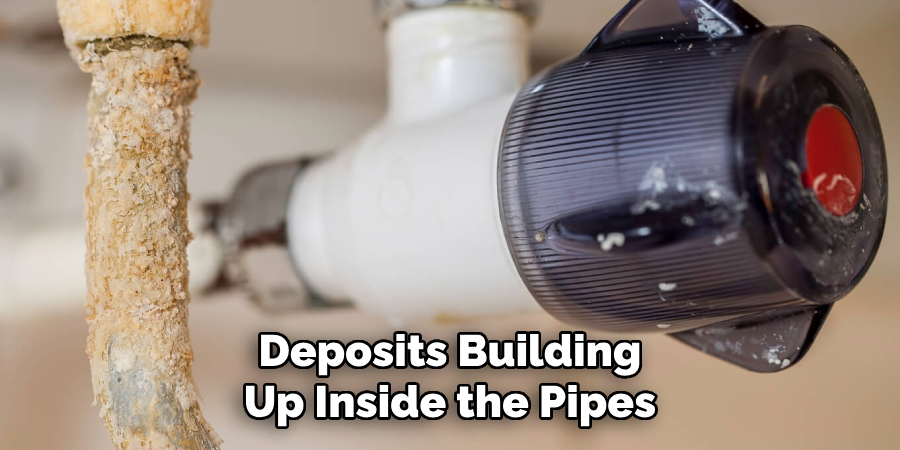
The issue may sometimes stem from hard water deposits building up inside the pipes. Knowing the type of materials responsible for the clogs can guide you toward the most effective solutions and prevent future occurrences.
Check the Water Level in the Tank
Proper water level in the toilet tank is crucial for efficient flushing and can prevent frequent clogs. Here’s how to ensure your tank’s water level is optimal:
A. Lift the Toilet Tank Lid and Inspect the Water Level
Begin by carefully removing the lid of the toilet tank. Set it aside in a safe place to avoid any damage. Observe the water level in the tank; it should be about an inch below the overflow tube’s top. This level is critical because it ensures enough water for a complete flush without wasting excess water.
B. Adjust the Water Level to the Recommended Height
If the water level is too low, it might lead to weak flushing, contributing to clogs. Conversely, too much water can lead to unnecessary waste and overflow risks. To adjust the water level, locate the water level adjustment screw or clip on the float arm of the fill valve.
Turning the screw clockwise will raise the water level, while turning it counter-clockwise will lower it. Adjust gradually, and after each adjustment, flush the toilet to check the new water level. Repeat this process until the water stops about an inch below the overflow tube’s top.
C. Ensure Proper Functioning of the Float and Fill Valve Mechanism
After each flush, the float and fill valve mechanism controls the water refill process. Ensure these components move freely and are not obstructed by mineral deposits or other debris. If the float is waterlogged or the fill valve is damaged, it may need replacement.
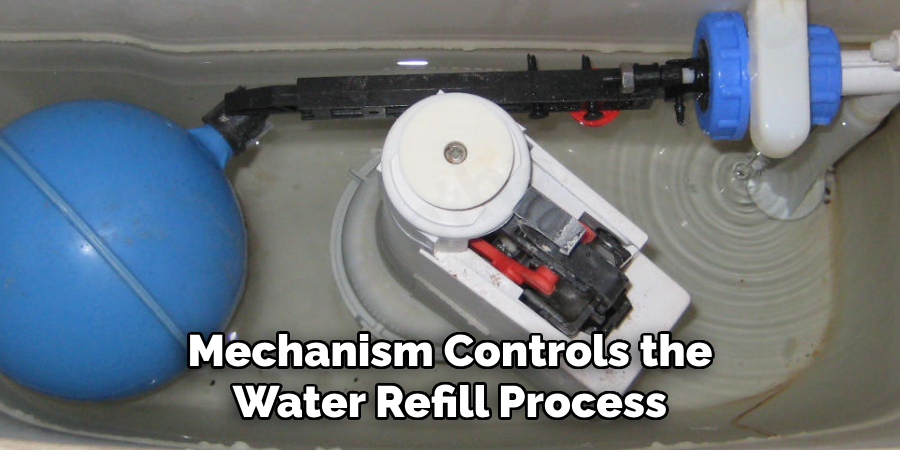
A properly functioning float and fill valve ensures that the water stops at the correct level and that the tank refills efficiently after every flush. If adjustments to the water level do not resolve flushing issues, a plumber should inspect these components for potential repair or replacement.
Evaluate the Flush Performance
A. Flush the Toilet and Observe the Flushing Action
To assess your toilet’s flushing performance accurately, conduct a straightforward test by flushing the toilet once and carefully observing the flushing action. Notice how the water swirls and the speed at which the bowl empties and refills.
A healthy toilet should exhibit a strong, consistent swirl that efficiently clears the bowl. This initial observation can offer significant insights into the potential for underlying issues affecting flush performance.
B. Check for Weak or Incomplete Flushing
If the flushing action appears weak or the water does not completely clear the bowl, this suggests a problem with the tank’s flush mechanism or water level. Weak flushing can lead to frequent clogs as waste and toilet paper may not be effectively carried away. Identifying whether the weakness is due to insufficient water flow into the bowl, blockages, or issues with the toilet’s internal components is vital.
C. Test Different Flushing Techniques to Ensure Proper Performance
Experiment with different flushing techniques if your toilet has multiple flush settings or buttons. Ensure each set performs optimally, delivering the appropriate water volume and flush strength for its intended use.
For conventional toilets, try holding the flush lever down longer to allow more water into the bowl, enhancing the flushing power. These tests help ensure the toilet can handle various situations and prevent clogs from inadequate flushing.
How to Fix a Toilet that Keeps Clogging: Clear Obstructions in the Trap and Drain
Clearing physical blockages is a critical step in ensuring the smooth operation of your toilet. Obstructions in the trap or further down the drain can severely impact flushing efficiency and are often the culprits behind persistent clogs.
A. Use a Plunger to Remove Blockages in the Toilet Trap
Begin by selecting a plunger with a flange, as these are specifically designed for toilets to create a better seal. Place the plunger over the toilet bowl’s outlet and ensure a snug fit for effective suction. With firm, steady pressure, push down and pull up without breaking the seal. This action should be repeated several times. With proper technique, the motion generates enough force to dislodge most blockages in the trap, clearing the path for waste and water to move freely.
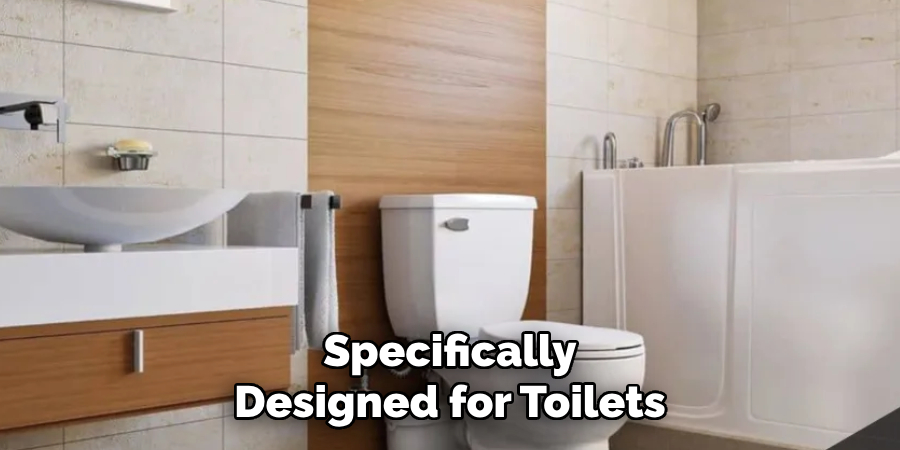
B. Use a Plumbing Snake or Auger to Clear Deeper Clogs in the Drain
If plunging does not resolve the issue, the next step is to use a plumbing snake or auger. This tool allows you to reach deeper into the toilet drain to dislodge inaccessible obstructions with a plunger.
Insert the end of the auger into the toilet bowl, turning the handle clockwise to extend the cable down the drain. Once you feel resistance, continue twisting while gently pushing to break up the obstruction. After you believe the clog is cleared, retract the auger by turning the handle counter-clockwise.
C. Flush the Toilet to Verify Removal of the Obstruction
After employing a plunger or auger, it is essential to flush the toilet to verify the obstruction has been removed successfully. A clear, strong flush without backing up indicates that the blockage has been resolved.
However, if problems persist, repeating the plunging or augering process may be necessary, or it might be time to consult a professional plumber. These steps are crucial in maintaining a clog-free toilet and ensuring consistent, effective flushing performance.
How to Fix a Toilet that Keeps Clogging: Inspect the Toilet Bowl Rim and Jets
An often overlooked but critical aspect of maintaining optimal flushing performance is the condition of the toilet bowl rim and jets. These components play a significant role in ensuring water is distributed evenly and forcefully around the bowl during flushing.
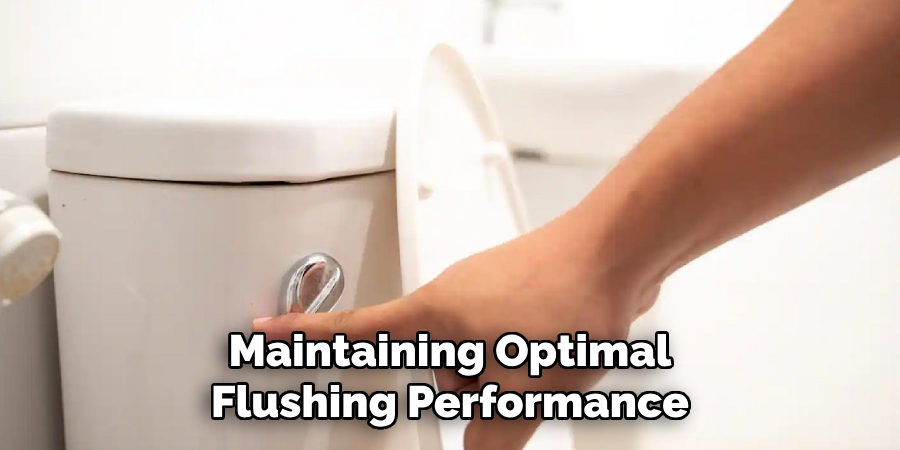
A. Clean Mineral Deposits or Build-Up Around the Rim Openings
Over time, mineral deposits from hard water can accumulate around the rim openings of the toilet bowl, obstructing the flow of water. To dissolve these deposits, use a vinegar or commercial descaling agent.
Apply the cleaner directly to the affected areas and allow it to sit for several hours or overnight for the best results. For stubborn build-up, gentle mechanical scrubbing with a pumice stone or a similar non-scratching tool may be necessary.
B. Use a Toilet Brush or Scrubber to Remove Debris from Rim Jets
After softening the mineral deposits, use a stiff-bristled toilet brush or a specially designed scrubber to clean inside the rim jets. This action helps remove any remaining debris that could impede water flow. Ensure the brush reaches all the way into each jet hole, twisting and moving it back and forth to dislodge any obstruction.
C. Ensure Proper Functioning of Rim Jets for Effective Flushing
After cleaning, conduct a flush test to ensure the rim jets function correctly. Water should flow smoothly and uniformly from all rim openings during the flush, creating a powerful swirl in the bowl necessary for an effective flush.
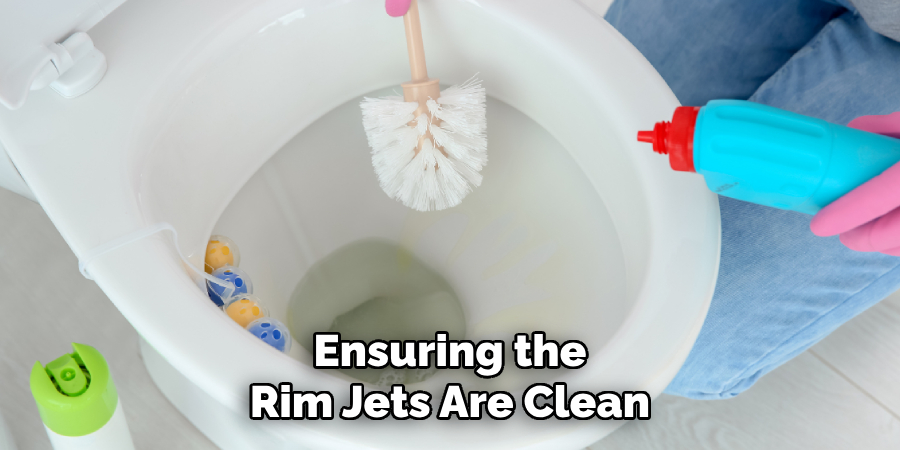
Additional cleaning might be needed if the water flow appears uneven or weak. Ensuring the rim jets are clean and clear is essential for maintaining the toilet’s flushing efficiency and preventing problems associated with inadequate water flow.
Consider Upgrading to a High-Efficiency Toilet
Despite regular maintenance and troubleshooting, some toilets may still perform poorly due to outdated designs or inefficiencies. If you are experiencing persistent issues, it might be time to consider upgrading to a high-efficiency toilet, which can offer improved flushing performance while conserving water.
A. Install a Dual-Flush Toilet for Water Conservation
Dual-flush toilets provide two flushing options: a lower-volume flush for liquid waste and a standard-volume flush for solid waste. This functionality allows significant water savings without compromising flushing efficiency. By allowing users to choose the appropriate flush for their needs, dual-flush toilets can reduce water usage by up to 67% compared to older, conventional models.
B. Choose a Toilet with Larger Trapways and Flush Valves
Toilets with larger trapways and flush valves can greatly enhance flushing power by allowing more water to flow through the system more quickly, reducing the likelihood of clogs. A larger flush valve ensures that water enters the bowl faster, producing a stronger flush, while a wider trapway allows for better passage of waste. These features combined make for a highly effective and efficient flushing system.
C. Consult with a Plumbing Professional for Recommendations
Given the variety of options available, it’s advisable to consult with a plumbing professional before upgrading your toilet. A plumber can provide valuable advice on selecting a model that suits your specific needs, taking into consideration factors such as bathroom layout, water usage patterns, and budget. They can also ensure that the installation is carried out correctly, further enhancing the performance and lifespan of your high-efficiency toilet.
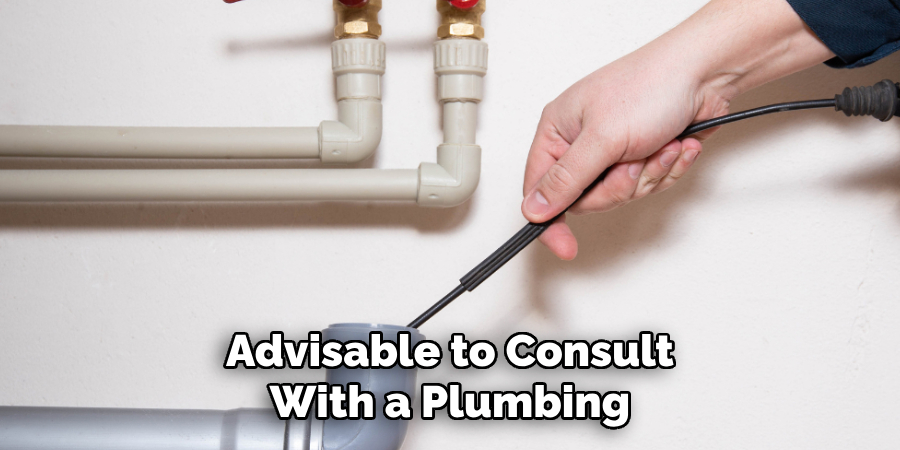
Investing in a high-efficiency toilet addresses flushing performance issues and contributes to water conservation efforts, making it a worthwhile consideration for any homeowner looking to improve their home’s plumbing system.
Address Ventilation and Drainage Issues
Proper ventilation and drainage are critical to the efficient operation of your toilet and the overall health of your home’s plumbing system. Issues in these areas can lead to a variety of problems, including slow flushing, clogs, and unpleasant odors.
A. Ensure Proper Ventilation in the Bathroom to Prevent Air Pressure Build-Up
Adequate ventilation in the bathroom is crucial to prevent the build-up of air pressure in the plumbing system. This pressure can hinder water and waste from flowing smoothly through the pipes.
Ensure that your bathroom is equipped with an efficiently working exhaust fan or window that can be opened to facilitate airflow. Regularly check and clean the fan’s filters to maintain its effectiveness.
B. Inspect Vent Pipes for Blockages or Damage
Vent pipes are vital in regulating air pressure and removing gases and odors from your plumbing system. A blockage or damage to these pipes can significantly affect your toilet’s flushing efficiency and overall bathroom odor.
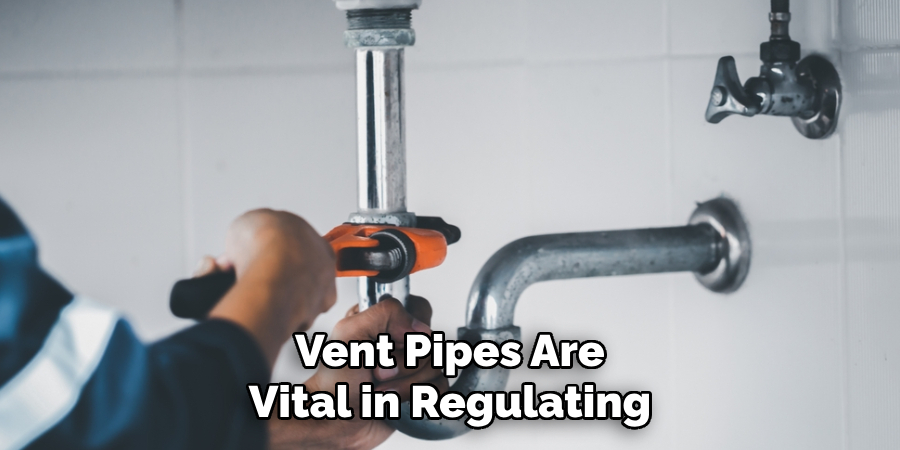
Inspect your vent pipes for any signs of obstruction, such as leaves, nests, or debris, and check for any visible damages that might need repair. This task can be intricate due to the location of vent pipes, often requiring you to access the roof.
C. Consider Hiring a Professional Plumber for Ventilation and Drainage Assessment
Due to the complexity of ventilation and drainage systems, it’s often beneficial to enlist the services of a professional plumber for a comprehensive assessment. A skilled plumber can accurately diagnose issues that might not be immediately apparent to the untrained eye. They can ensure that both your venting and drainage systems are up to code and functioning correctly, providing peace of mind and preventing future issues.
Educate Household Members on Proper Toilet Use
Ensuring that all household members are well-informed about the correct usage of toilets is crucial for maintaining the plumbing system’s integrity and avoiding unnecessary clogs and repairs.
A. Discourage Flushing Non-Biodegradable Items or Excessive Toilet Paper
Educate family members and guests about the importance of not flushing non-biodegradable items down the toilet. This includes items such as wet wipes, cotton balls, sanitary products, and even so-called “flushable” wipes, which can still cause blockages.
Additionally, advise on using a reasonable amount of toilet paper to avoid clogging the system, emphasizing that excessive use can lead to significant plumbing issues.
B. Provide Clear Instructions on Flushing Techniques
Proper flushing techniques can contribute to the efficient operation of your toilet. Make sure that everyone knows to wait for the tank to refill before flushing again and to use the correct flush option on dual-flush toilets—selecting the lower-volume flush for liquid waste and the standard-volume flush for solid waste. Clear instructions, possibly displayed in a notice near the toilet, can reinforce these practices.
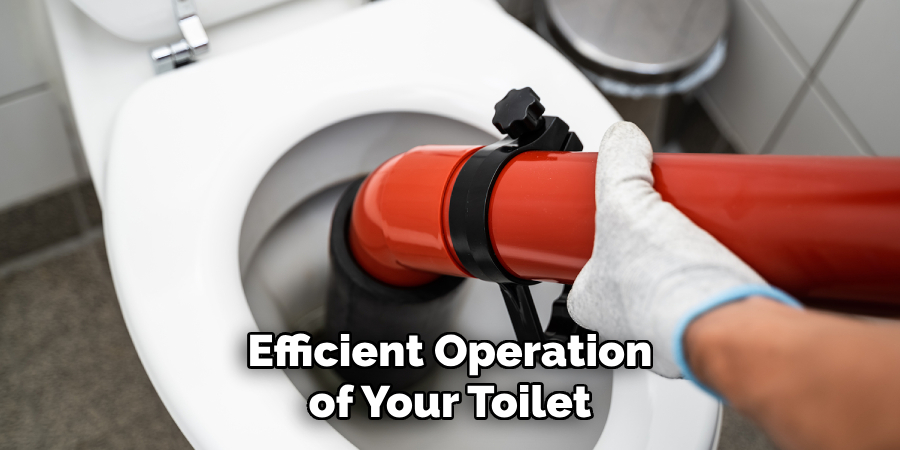
C. Implement Regular Maintenance Practices to Prevent Clogs
Foster a culture of proactive maintenance within your household. This includes regular checks for early signs of clogs or leaks, cleaning to prevent buildup in the bowl and rim jets, and using a mild cleaner for the tank to avoid corrosion of components. Encouraging these habits can help detect problems early, reduce the need for emergency plumbing services, and ensure the longevity of your toilet system.
Regular Maintenance and Monitoring
Proper and regular maintenance is the backbone of a hassle-free, efficient toilet system. Ensuring that all components of your toilet are in optimal working condition enhances its functionality and prolongs its lifespan. Here’s how you can keep your toilet performing at its best.
A. Schedule Routine Inspections and Cleaning of Toilet Components
Routine inspections and thoroughly cleaning your toilet’s components are essential for identifying potential problems before they escalate. At least twice a year, inspect the flapper and fill valve for wear and tear and check the flush mechanism to ensure it’s operating smoothly.
Regular cleaning of the bowl, tank, and around the base helps prevent buildup that could affect flushing efficiency. Use gentle, non-abrasive cleaners to avoid damaging the components.
B. Monitor Toilet Performance and Address Any Issues Promptly
Be vigilant about changes in your toilet’s performance, such as slow flushing, partial flushing, or a constantly running toilet. These could be indicators of underlying issues that need immediate attention. Addressing problems promptly can prevent more significant, costly repairs down the line. If you’re uncomfortable fixing these issues, don’t hesitate to call a professional plumber.
C. Implement Preventative Measures to Minimize Future Clogs
Prevention is always better than cure, especially concerning toilet clogs. Avoid flushing anything other than human waste and toilet paper to minimize the chances of future clogs. Keep a plunger and a toilet auger handy for addressing minor clogs before they become severe. Consider using a toilet bowl cleaner that reduces buildup in the bowl without damaging the plumbing.
Integrating these regular maintenance and monitoring practices into your household routine ensures that your toilet system remains efficient, reliable, and clog-free. This contributes to the overall functionality of your home’s plumbing system and supports water conservation efforts by ensuring that your toilet operates efficiently with every flush.
Conclusion
Throughout this guide, we explored several strategies on how to fix a toilet that keeps clogging, ranging from DIY solutions like plunging and snaking to adjusting your household’s toilet use and implementing regular maintenance checks. We emphasized the importance of understanding the common causes of clogs, such as non-biodegradable items and excessive toilet paper, and how to address them effectively.
Regular maintenance and proper toilet use cannot be overstated in their importance for preventing future clogs. You can maintain an efficient and reliable toilet system by adopting proactive measures, such as routine inspections, cleaning, and educating household members on what should and shouldn’t be flushed.
By following the outlined steps and incorporating the recommended practices into your daily life, you’re taking a significant step towards ensuring a reliable and clog-free toilet experience. Remember, the key to a well-functioning plumbing system is the balance of correct use, regular maintenance, and timely intervention. We wish you success in maintaining a seamless and efficient toilet system in your home.